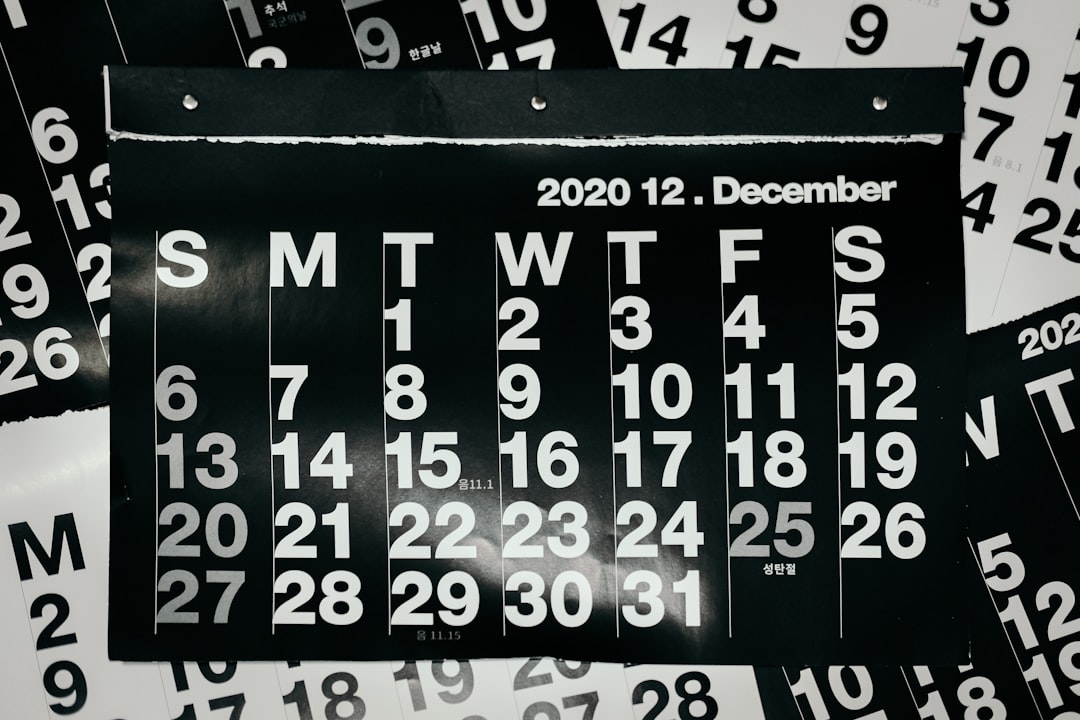How to Prepare for Your Aircraft's Annual Inspection: A Guide for Owner/Operators
An annual inspection isn't just an FAA requirement—it's a key opportunity to safeguard the long-term performance, value, and safety of your aircraft. At AirWerks, we work closely with aircraft owners to ensure that every inspection is not only thorough and FAA-compliant, but also a chance to better understand the condition of your airplane.
Whether it’s your first annual or your fifteenth, here’s how to prepare like a pro and make the most of your inspection.
1. Start with the Paperwork
Before any wrenches turn, ensure your aircraft’s logbooks are organized and complete. This includes:
Airframe, engine, and propeller logbooks
AD compliance records
Equipment lists and weight & balance data
Previous inspection reports If your IA can’t easily verify compliance or history, delays and additional labor costs may follow.
2. Clean the Aircraft Inside and Out
A clean aircraft makes it easier—and safer—for mechanics to inspect. Wash the airframe, remove dirt from gear wells and cowling, and tidy up the interior. Consider removing seats and floorboards in advance if you're able and allowed.
3. Remove Personal Items and Panels
Remove any loose items from the cabin, glove box, and baggage compartments. If you’re engaging in an owner-assisted annual, ask ahead about what panels or cowls you’re approved to remove under supervision.
4. Address Known Squawks Early
If you’ve been experiencing minor issues—stiff controls, unusual engine temps, odd sounds—now’s the time to write them down and let us know. Tackling these during the inspection is more efficient than waiting until they become urgent.
5. Coordinate Inspection Scope and Extras
While the FAA defines a minimum scope for annual inspections (per FAR Part 43, Appendix D), it’s often wise to go beyond that. Talk with us at AirWerks about additional items to inspect: exhaust systems, corrosion-prone areas, or engine borescope evaluations, for example.
6. Understand the Timeline and Budget
Annual inspections typically take 15–30 hours of labor, depending on the aircraft and findings. Set realistic expectations on downtime and budget, and ask about any optional repairs or upgrades that might be cost-effective to tackle at the same time.
Partnering with AirWerks: Our Commitment to Safety
At AirWerks, we believe in working with our customers—not just for them. Whether you’re dropping your plane off or joining us for an owner-assisted annual (offered at our discretion), we value transparency, education, and a commitment to getting the job done right.
Ready to schedule your annual? Let’s make sure your aircraft is safe, legal, and ready for another year of confident flying.


